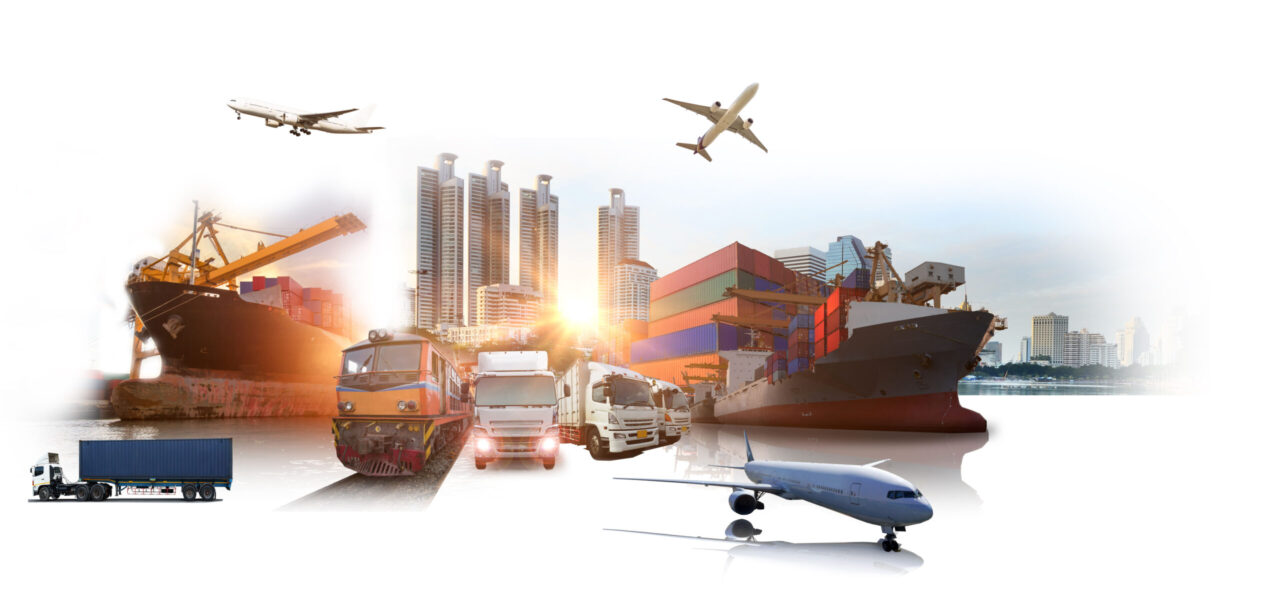05.12.22 By Bridgenext Salesforce Team

The transportation and logistics industry has experienced more change in the last few years than in the previous ten years combined. Since the pandemic started, supply chains have been stressed. There are new hiccups making headlines every day, and whether it’s trucking, rail, ocean, or third-party logistics — providers are scrambling to keep up. This disruption requires companies to adjust quickly and ensure their processes can keep up with these sudden changes.
There are many challenges that the T&L industry is facing, one of the largest being the rise in customer expectations. With the growth in e-commerce and the “Amazon effect” that has put the customer experience front and center, encouraging companies to think outside the box when it comes to customer experience. To strengthen customer experience, T&L firms have enhanced their systems, adding things like GPS and in-cap ELDs, enabling real time visibility, allowing for customers to get more information on their orders. While this is a great resource for customers and saves companies from an increase in calls to the help line, it also creates challenges with customers demanding more, and more. A world-class customer experience requires close collaboration across all parties in the supply chain in an increasingly connected environment through technology.
Like many industries, T&L is also facing challenges within their workforce. One of the largest being the ongoing driver shortage. According to the American Trucking Associations, the industry’s current shortage of over 80,000 drivers could increase to over 160,000 by the end of 2030 (McNally). This shortage, driven by an aging driver workforce, driver pay, quality of life and regulatory hurdles, will require the industry to recruit nearly 1 million new drivers to replace capacity and support growth by the end of the decade. Implementing the proper Salesforce technology into your company helps combat this challenge. By enhancing recruiting and onboarding strategies, providing your drivers with the skills and support they need and consistency with employee feedback to increase retention.
The freight transportation industry typically experiences a complete business cycle every three to four years, with the typical freight recession lasting around ten months. During the good times like we have now, where demand spikes, capacity is tight, and freight rates remain elevated, the industry typically responds by over-expanding. Transportation providers invest in capacity such as trucks, trailers and containers, while new entrants also enter the industry. These investments are capital intensive and take time to come on, but eventually, capacity will catch up with demand, rates will moderate, creating a more competitive environment for providers. Will there be another record of trucking bankruptcies like we saw in 2019? It’s too early to tell, but one thing is sure — providers need to make investments that position them for success in both boom-and-bust cycles.
As an established, industry-leading platform, Salesforce has been proven to tackle some of their biggest headaches in the T&L industry while also providing a platform to manage a comprehensive portfolio of business processes that companies incorporeal to elevate performance. Salesforce might be top of mind with traditional CRM capabilities like lead conversion, pipeline management and customer 360. Still, the platform has been successfully deployed across transportation and logistics providers for much broader use cases. What’s possible on the Salesforce platform to enhance performance within Transportation and Logistics organizations is unlimited.
Want to Learn more?
Finding the right solution can be overwhelming. Bridgenext is here to help! Let’s connect to learn more how Salesforce can help you achieve success.
References
McNally, Sean. “ATA Chief Economist Pegs Driver Shortage at Historic High.” American Trucking Associations, https://www.trucking.org/news-insights/ata-chief-economist-pegs-driver-shortage-historic-high.